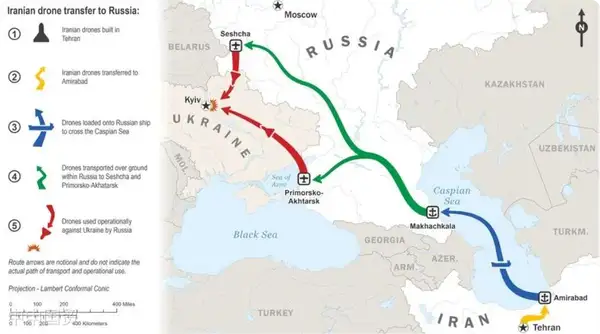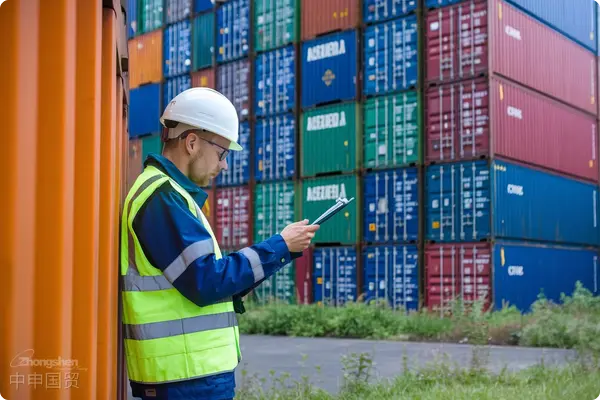- Shanghai Zhongshen International Trade Co., Ltd. - Two decades of trade agency expertise.
- Service Hotline: 139 1787 2118
As the Russia - Ukraine conflict enters its second year, a phenomenon worthy of attention has gradually emerged: the Central Asian trade route has become an important channel for dual - use goods to flow to Russia. This trend not only reveals new changes in global trade dynamics but also exposes the complexity and limitations of the international sanctions mechanism.
The Strategic Importance of the Central Asian Trade Route
Central Asia, especially Kazakhstan and Kyrgyzstan, has a unique geographical location connecting the Eurasian continent and has become one of the important channels for Russia to receive dual - use products. Dual - use products, that is, products that can be used for both civilian and military purposes, include computer chips, routers, and ball bearings, etc., which play a crucial role in modern warfare.
Although Western countries have tried to restrict the inflow of these products into Russia through various sanctions measures, the geographical advantages of Central Asia, the openness of its borders, and the opacity of trading behaviors have facilitated the circulation of these products. In addition, middlemen in this region, due to their flexibility and speculative spirit, have become important assistants for Russia to obtain these restricted products.
Sanctions Measures and Actual Effects
Sanctions imposed by the United States and its allies on Russia include lists of military and dual - use products, aiming to weaken Russias military capabilities. However, through transshipment in Kazakhstan, Kyrgyzstan, as well as countries such as China, the UAE, and Turkey, these items eventually entered Russia.
After the war broke out in 2022, according to publicly available customs data, the value of chips from the United States and the EU entering Russia through Central Asian countries reached millions of dollars. In 2023, this figure even rose to $22 million. These data show that despite strict sanctions measures, due to the influence of complex trade networks and geopolitical factors, the actual implementation effect of sanctions remains in doubt.
US and European officials have realized this problem and have begun to put pressure on Central Asian countries to stop their gray - market trade with Russia. However, the actual effect of this pressure is still limited, partly because these countries have deep economic and political ties with Russia.

Trade Cooperation between China and Russia
Against the backdrop of the Russia - Ukraine conflict, the trade relationship between China and Russia is particularly important. According to Chinas trade data, the bilateral trade volume has doubled in the past five years, reaching a record high of $240 billion. The Chinese government emphasizes that Russia is an important trading partner and adheres to a policy of strictly controlling the export of dual - use items.
However, Russian customs data analyzed by The Wall Street Journal reveals that some Chinese companies have become major exporters of dual - use goods to Russia. This includes some US companies subsidiaries in China indirectly exporting products considered dual - use to Russia. This phenomenon has attracted the attention and investigation of the United States and its allies, intensifying international trade and political tensions.
Challenges of International Cooperation and Sanctions Enforcement
Although the international community attempts to limit Russias military capabilities through sanctions, the reality shows that the globalized supply chain and complex international relations make it difficult to fully implement these measures. This not only requires Western countries to strengthen the monitoring of sanctions implementation but also calls for broader international cooperation and consensus.
At the same time, Chinas role in this process has drawn widespread discussion. As an important trading partner of Russia, China seeks a balance between complying with international sanctions and maintaining trade relations with Russia, which poses new challenges and tests to the international community.
Related Recommendations
? 2025. All Rights Reserved. 滬ICP備2023007705號(hào)-2  PSB Record: Shanghai No.31011502009912
PSB Record: Shanghai No.31011502009912









